I am assuming you are writing VBA. In Outlook, you can use ADO to make the query against the LDAP provider. The query is composed of four parts
- Base path
- Search filter
- attributes returned in the recordset
- Search scope.
The LDAP URL that you meantioned is actually the base path of the LDAP query. You can use ADSIedit to get the base path in your local domain. Normally, if your domain is called abc.com, your base path should be something like LDAP://abc.com/DC=abc,DC=com. However, it's not always the case. Active Directory allows you to name an Active Directory domain different from the DNS domain, although most of the time, they are the same. This configuration is called disjoint namespace.
For the disjoint namespace case, to find out the correct base path, you can install ADSIedit from Windows 2003 support tools. Launch the ADSIEdit by typing adsiedit.msc in command line. Right click the ADSIEdit node and click "Connect to". Then, select the naming context "RootDSE" and leave all other settings as default to connect to the local domain. If your machine is joined to the domain already, you should be automatically connected to that domain. In the top RootDSE node, you should also see what domain controller you are connected to now. Mark down the FQDN of the connected domain controller. It should be something like dc1.yourdomain.com. Then, Expand the top "RootDSE" node and you will see another "RootDSE" folder node underneath. Right click and click properties. Find the defaultNamingContext. It should be something like DC=yourdomain,DC=com.
With the domain controller name and the default naming context, you can create your base path, it should be LDAP://domain controller/default naming context
Sometimes you see people putting in FQDN domain name instead of domain controller name in the LDAP base path. This is legitmate only if the A record of the domain exists on the DNS server. I don't recommend using domain name. However, if you really don't want to specify a specific domain controller, you can consider to use serverless binding. LDAP://default naming context. It's an Active Directory feature. It doesn't work on other LDAP servers. You can use serverless binding only if you are running as a domain user. When you use a serverless binding, the LDAP query will simply pick the next available domain controller in the site for you. In this way, you reduce the chances of overloading that server with requests. However, this also makes your result less predictable because sometimes the data is not yet replicated from one domain controller to another domain controller.
Just a side note, I am suggesting you to use the domain naming context as your search base path because I assume you want to search all the users under your domain. You can always pick some other containers as your base path. For example, LDAP://yourdomain.com/CN=Users,DC=yourdomain,DC=com. Then, the search will be done only under the Users container in your domain.
